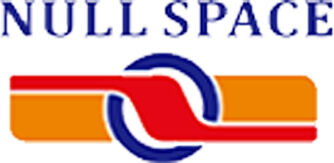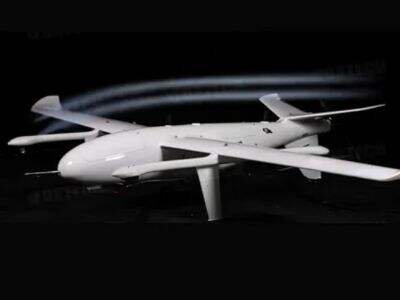Farmers from everywhere specially in Asia have been testing their crops using traditional methods since years. These legacy methods can be expensive and time-consuming. From row to row on the farm, they would walk inspecting every plant for their health. Well, that is a cumbersome process if the farm size runs in acres and many crops are visible on sight. Farmers are using Agricultural drone as bird-brains to help them see their crops in new ways. They are providing a fast and easy way for farmers to access information about their fields.
Use Of Drone Technology For Farmers
The eye-in-the-sky crop viewing and monitoring by farmers from drone tech (most valuable, as practiced mostly to big farms which has large lands) Agricultural production:Vtol cruise UAV Fixed wing drones by Null-space can be equipped with cameras so that the farmer check health or stress level of crop through images and data to some estimated yields. An overview can help all these three groups recognize issues they might not necessarily see when operating at eye level.
Smart Farming with Drones
Now, agriculturists are employing drones in the planning of where and how to sow seeds. In simple terms, smart farming is engineering the intelligent use of technology to enhance food supply while using minimum input such as water or fertilizer. It is favorable to the farmers and to the environment as well. Moreover, farmers can check when to take care of the crops based on their availability of information such as soil-wetness and nutrient holder availability.
This task is easily done within a few seconds through the help of drones. For instance, they could, on the other hand, look for several soil moisture meters positioned throughout the region to help a farmer identify when to water his crops. With this knowledge, a grower can determine when his fields need irrigation, fertilization, or when the crops are ready for harvest. Healing allows them to get more food products, but also stop wasting money. Better choices provide - enhanced drone farming technologies and better cultivation decisions for crop productivity.
Making Farm Maps with Drones
Drones are employed in capturing and mapping fields in such detail that they can pinpoint acres within the domain such that several ailments and pests can be spotted and desperate action taken. Farmers use them to determine regions that are poorly nourished or infested by pests as problematic zones. This way farmers are able to recognize what portion of their entire farm has been treated and what areas require only preventative measures.
Maps like this allow farmers to determine the moisture content of their fields and track changes in it over time. This information is quite critical in the arid regions as it assists in knowing the exact time and place that the farmers need to provide water for their crops. These maps assist in informing the farmers what their irrigation requirement is likely to be so that water can be saved.
The Future of Farming in Asia
The use of drones in agriculture is a definite plus, for farmers, and the environment. Through smart farming techniques, farmers are able to reduce the need for water and fertilizer usage. This not only cuts down their expenditure, but also the pollution and waste of the planet. As a matter of fact, sustainable farming is one which does not need to significantly compromise the poorer and particularly poor farmers but it leaves something for generations yet-to-come or ensure there are adequate food for us as human greed do not become an unwanted player.
Drones can also help survey and monitor natural resources such as forests and water bodies, Lakes. Here its significance in addition for the plants and animals protection among other reasons as well; so that we may continue to employ these resources in a controlled way. Thus, this in turn would imply that the monitoring of those places listed above could be one of the ways in which farmers should be able to contribute in the conservation measures.
Drones Make Farming Easier
In agriculture, drones may also help to farm in a more effective way. All of this will allow farmers to quickly check crops — time-saving, money-making efficiency. It makes them to simply do other needful things for their survival, meaning basically too many of them are now tied down with more important jobs such as maintaining farms or selling food. Farmers can then get to work on their cutlery by using drone more extensively fly regions rapidly.
Drones for tasks such as crop spraying can also have a significant value. It means fewer workers are needed and less exposure to hazardous chemicals. Robotic systems in such fields will implement to do some harmful tasks like spraying and fertilizing with zero risk.

